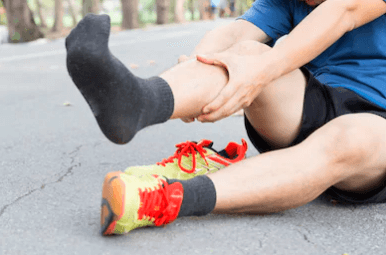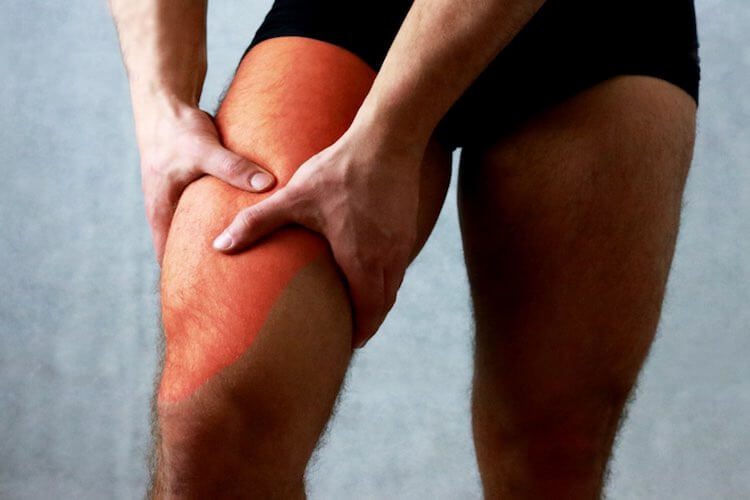Why do you need to be aware of over-striking when running? Studies have found that ‘support to support’ is the efficient way to run. This means maintaining a running stance while you fall forwards. Doing so makes you land on the best part of your foot and under your centre of mass, which is the ideal position. Therefore, overstriding is when your foot lands in front of your body, beyond your centre of mass.
Are you overstriding when running?
At first glance, it can seem easy enough to identify, and overstriding when running usually occurs with recreational runners. But overstriding gets harder to spot with pro athletes – you would need a trained coach or running physiotherapist. If you have trouble identifying overstriding, make sure you contact Sports Focus for a full running assessment by a physio.
To identify over-striking, look for your hip position and running pose – not your foot strike. Your hips should be your centre, not your chest. It’s a mistake to concentrate on where and how your foot hits the ground. This is because your foot can still strike ahead of your body, regardless of what part of the foot you land on. Foot strike is only caused by correct action taken before the foot strike occurs.
It’s important to have a defined standard for running technique. Without one, runners won’t know about overstriding, why it occurs or how to prevent it. Following a running technique standard will help improve your running, enabling you to progress faster and safely, free of technical errors.
If you’re interested in learning more, or you would like us to identify any inconsistencies in your running technique, please contact our friendly Sydney physiotherapists today for a running assessment.



